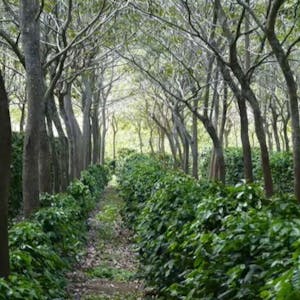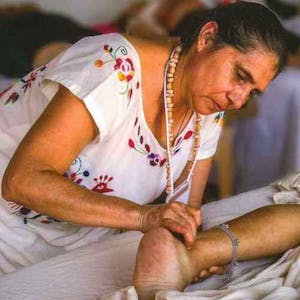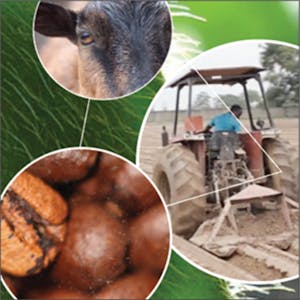Population, Food, and Soil
About this Course
This course explores the population-environment relationship. In this course, you will learn about the human population and the ways in which changes in the population affect the environment. Agriculture, soils, and the environmental implications of eating meat, vegetables, local, organic, sustainable, industrial, and other types of food are discussed too. We explore questions such as: 1. How many people live on Earth right now? 2. What is the carrying capacity of Earth? 3. What is the relationship between the number of people, where they live, the resources they consume, and their environmental impact? 4. What types of agriculture are used right now? 5. What is the difference between organic and conventional agriculture? 6. Why would you want to dig a soil pit? A conversation with Phil Connors, an Australian Environmental Scientist, will explore the topic of human population and sustainability. You will also listen to the conversations with Danielle Allen, an organic farmer, and Justin Richardson, a soil scientist.Created by: Dartmouth College

Related Online Courses
This Specialization is designed to help you navigate the complex legal framework that governs modern health systems. You will learn the fundamentals of American health law, then explore how privacy... more
Welcome to Agroforestry II: Major Systems of the World A focused exploration of agroforestry practices from around the world. This is the second module of the five-module course covering the... more
As the second of four courses on Curanderismo, the art of Hispanic/Latino traditional medicine, this course focuses specifically on traditional healing of the body. As an educational and cultural... more
In this course, you will see how web apps in Azure allow you to publish and manage your website easily without having to work with the underlying servers, storage, or network assets. Instead, you... more
The UN predicts we will be 9-10 billion people on Earth in 2050. Providing so many people with nutritious foods is a massive challenge and one that cannot be met by simply upscaling current... more








